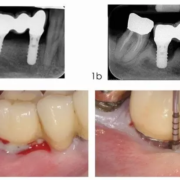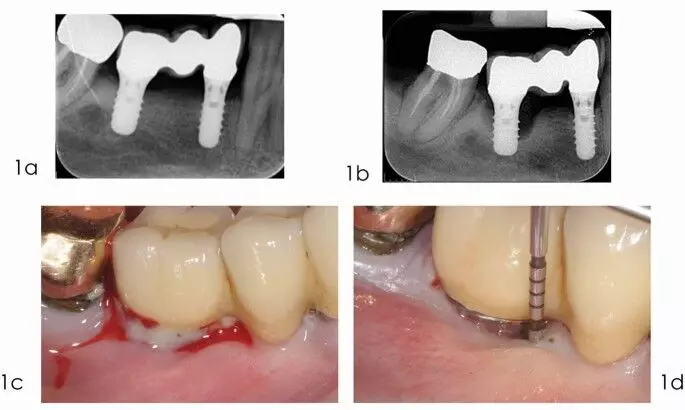Egypt: A recent randomized controlled trial has demonstrated that sitagliptin, a DPP-4 inhibitor, significantly improves glycemic control and shows promise in managing early-stage diabetic nephropathy among adolescents with type 1 diabetes. The study utilized the advanced MiniMed 780G hybrid closed-loop (AHCL) system to optimize insulin delivery and improve diabetes management.
“Sitagliptin, when used as an add-on therapy to the advanced hybrid closed-loop (AHCL) system, demonstrated a reno-protective effect for individuals with type 1 diabetes and diabetic nephropathy. Additionally, it improved time in range, reduced glycemic variability, and did so without compromising safety,” the researchers wrote in Diabetologia Journal.
Dipeptidyl peptidase-4 (DPP-4) inhibition has beneficial effects on various metabolic indicators in diabetes. Stromal cell-derived factor-1 (SDF-1), expressed in multiple organs, including the kidneys, is cleaved and inactivated by the DPP-4 enzyme. Given this context, Nancy S. Elbarbary, Department of Pediatrics, Faculty of Medicine, Ain Shams University, Cairo, Egypt, and colleagues conducted a randomized controlled trial to evaluate the impact of sitagliptin as an add-on therapy to the advanced hybrid closed-loop (AHCL) system in adolescents with type 1 diabetes and nephropathy.
For this purpose, the researchers conducted an open-label, parallel-group, randomized controlled trial at the Pediatric Diabetes Clinic at Ain Shams University in Egypt. The study involved 46 adolescents, with a mean age of 14.13 ± 2.43 years, who had been using the MiniMed 780G system for at least six months before the study. Participants had an HbA1c of ≤69 mmol/mol (8.5%) and exhibited diabetic nephropathy characterized by microalbuminuria. They were randomly assigned to two groups (n=23 each). The intervention group received oral sitagliptin at a dose of 50 mg for three months, while the control group continued using the AHCL system without sitagliptin.
The primary outcome measure was the change in the urinary albumin/creatinine ratio (UACR) after three months of sitagliptin administration, with the key secondary outcome being the change in SDF-1 levels from baseline following treatment.
The study revealed the following findings:
- Data from all participants were analyzed, revealing no significant differences in baseline clinical and laboratory characteristics, as well as AHCL system settings, between the groups.
- Serum SDF-1 levels were notably higher in all individuals with type 1 diabetes compared to healthy controls.
- After three months of treatment, sitagliptin led to a significant reduction in SDF-1 levels, decreasing from 3.58 ± 0.73 to 1.99 ± 0.76 ng/ml, alongside an improvement in the urinary albumin/creatinine ratio (UACR), which changed from 7.27 ± 2.41 to 1.32 ± 0.31 mg/mmol.
- Sitagliptin was associated with reduced postprandial glucose levels, lower sensor glucose readings, a decrease in the coefficient of variation, and a reduced total daily insulin dose.
- Time in range (3.9–10.0 mmol/l or 70–180 mg/dl) and the insulin-to-carbohydrate ratio increased significantly.
- Sitagliptin was safe and well-tolerated, with no instances of severe hypoglycemia or diabetic ketoacidosis reported.
The findings showed that DPP-4 inhibitor sitagliptin, administered at a dose of 50 mg orally daily for three months, is a safe add-on therapy to the AHCL system for adolescents with type 1 diabetes and diabetic nephropathy. Sitagliptin improved blood glucose levels and TIR while simultaneously reducing glycemic variability, insulin dosage, urinary albumin/creatinine ratio (UACR), and SDF-1 levels, resulting in a reno-protective effect among participants.
“However, further studies with extended follow-up periods are necessary to confirm these results, assess the full efficacy and safety profiles of sitagliptin, and investigate its long-term effects on kidney disease progression and other diabetes-related complications. Additionally, exploring whether sitagliptin improves diabetic nephropathy in type 1 diabetes through SDF-1 or alternative mechanisms presents an intriguing area for future research,” the researchers concluded.
Reference:
Elbarbary, N.S., Ismail, E.A., El-Hamamsy, M.H. et al. The DPP-4 inhibitor sitagliptin improves glycaemic control and early-stage diabetic nephropathy in adolescents with type 1 diabetes using the MiniMed 780G advanced hybrid closed-loop system: a randomised controlled trial. Diabetologia (2024). https://doi.org/10.1007/s00125-024-06265-7




















